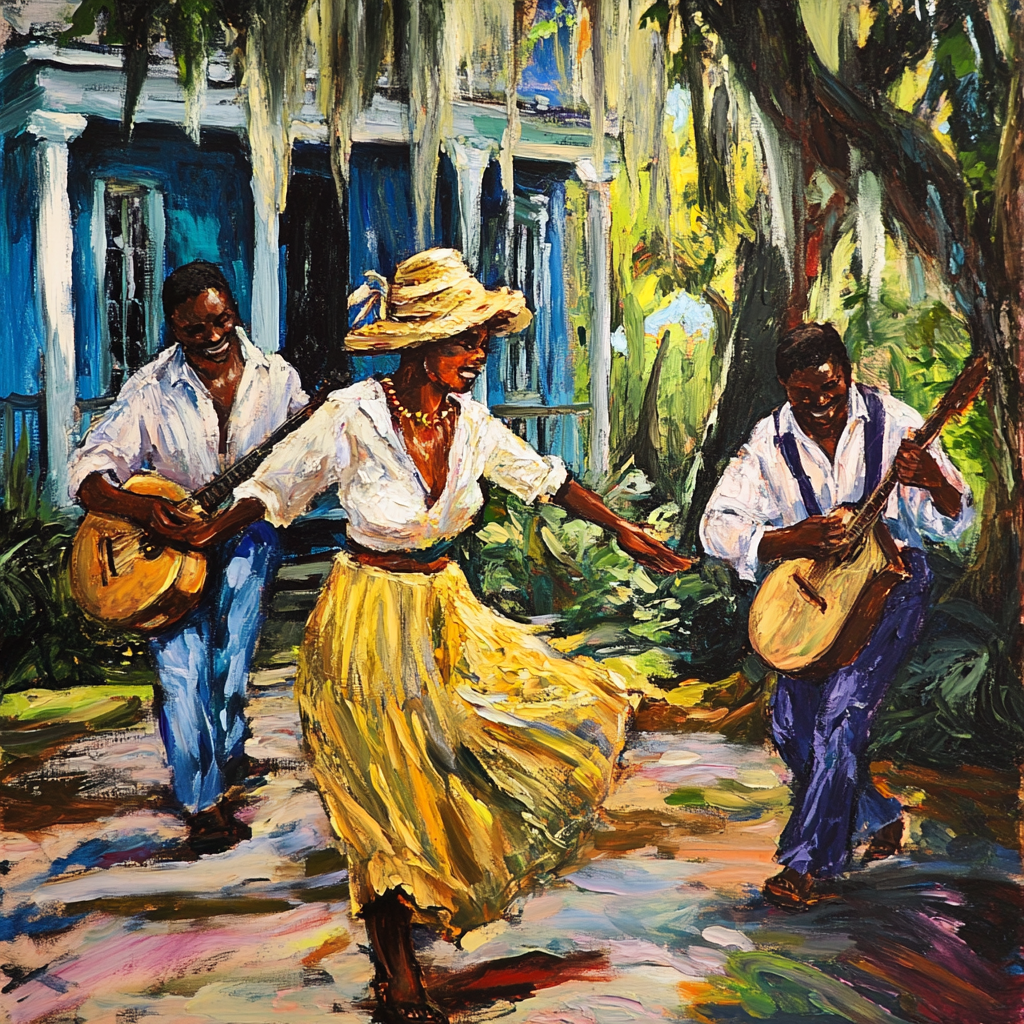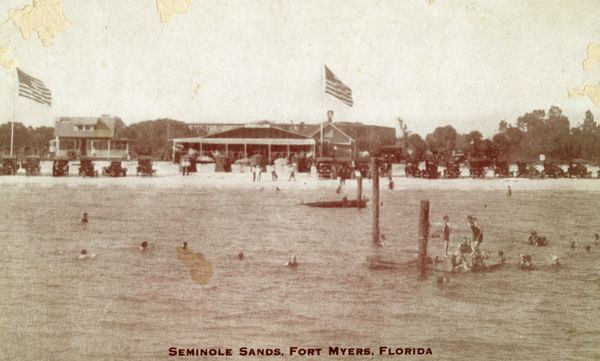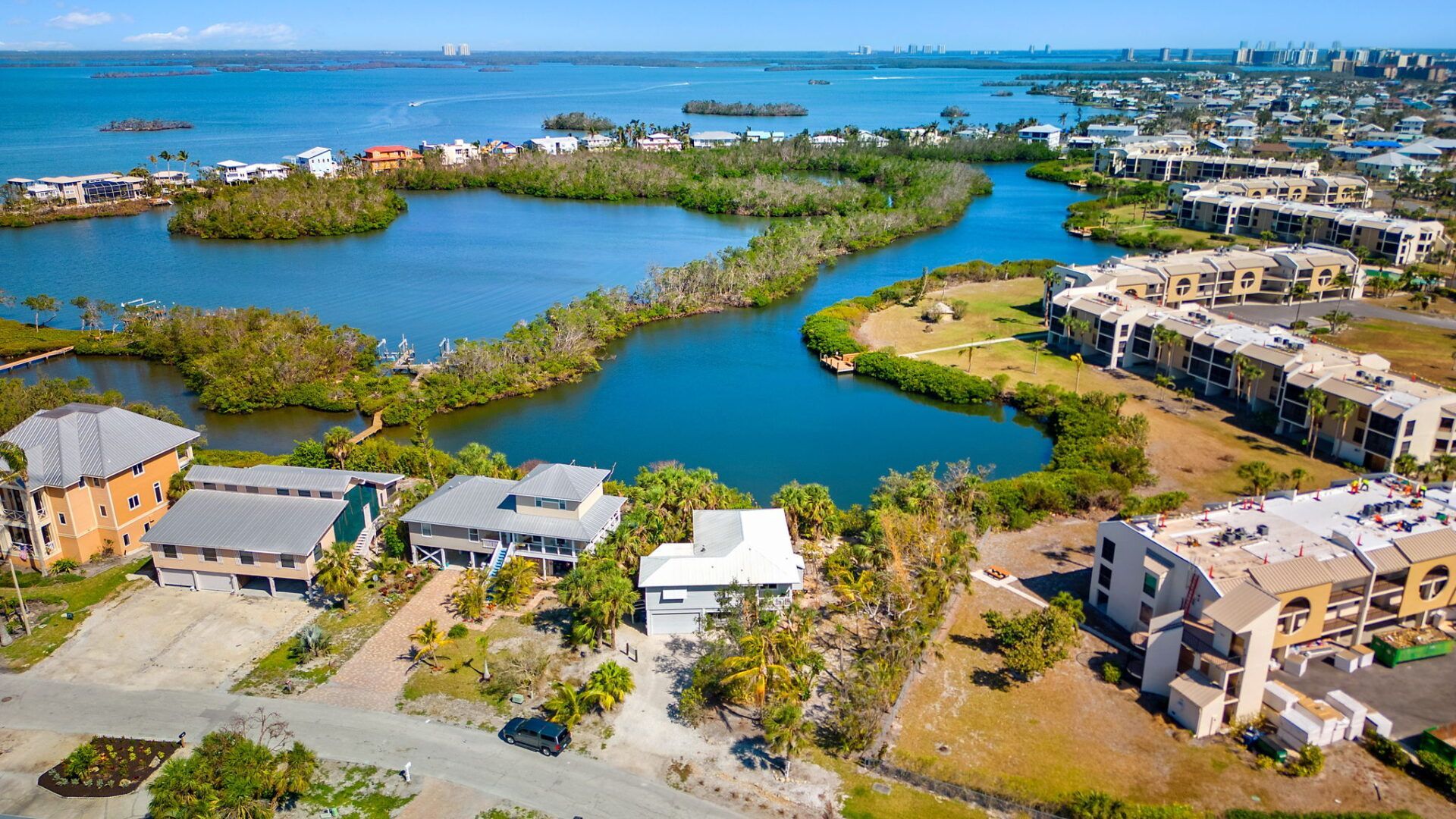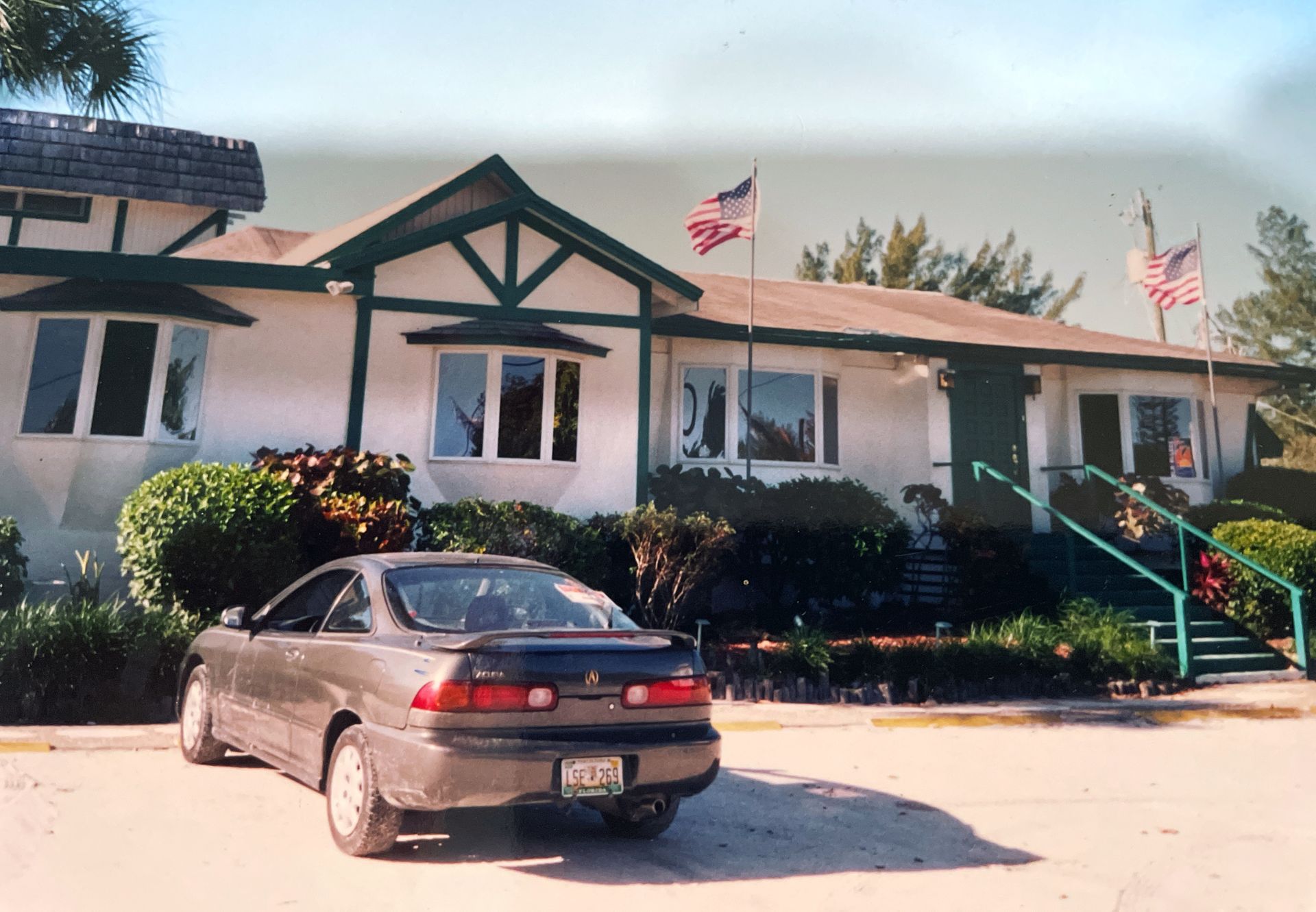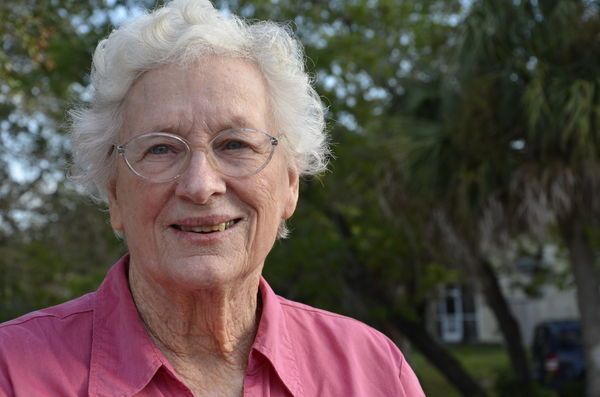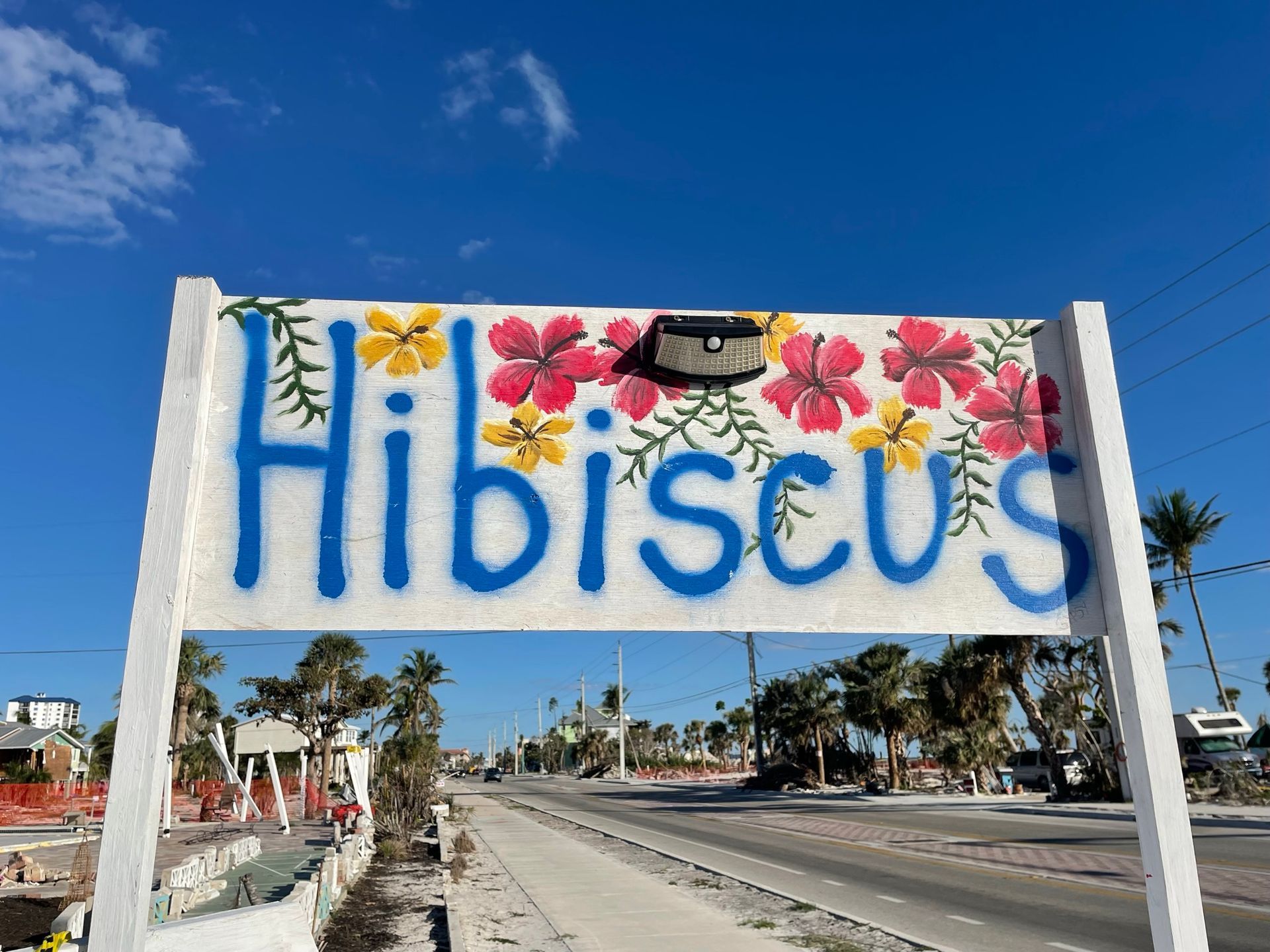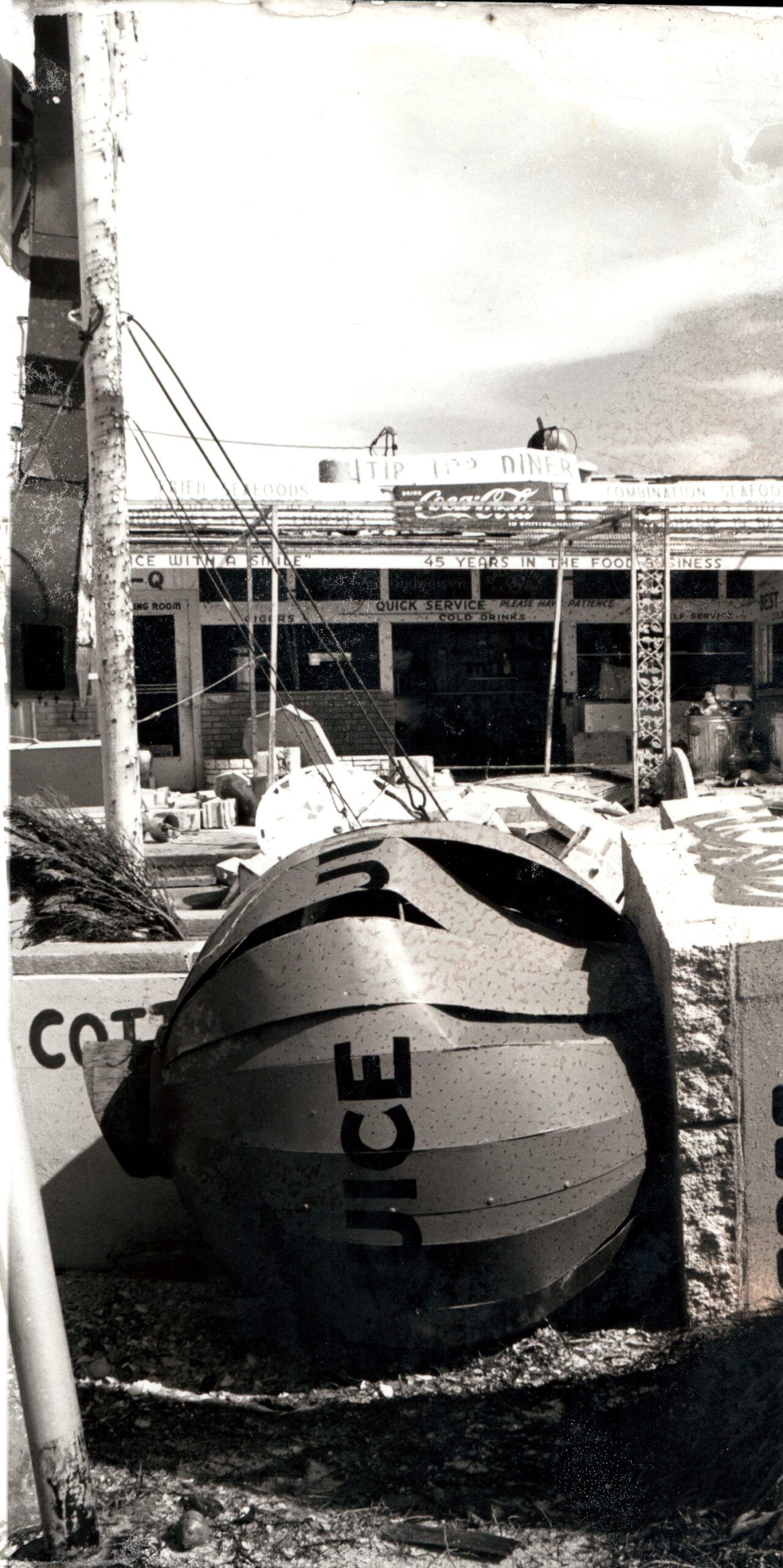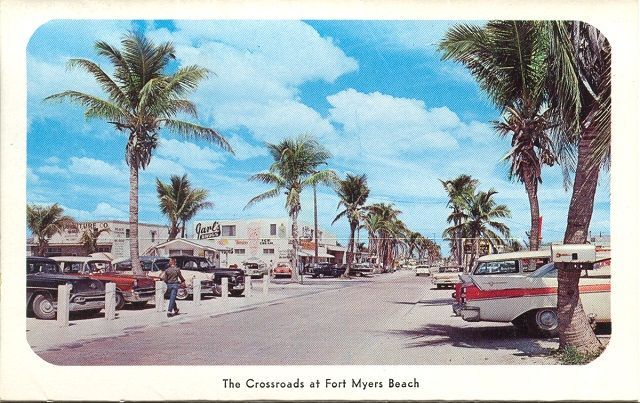Myakka River State Park
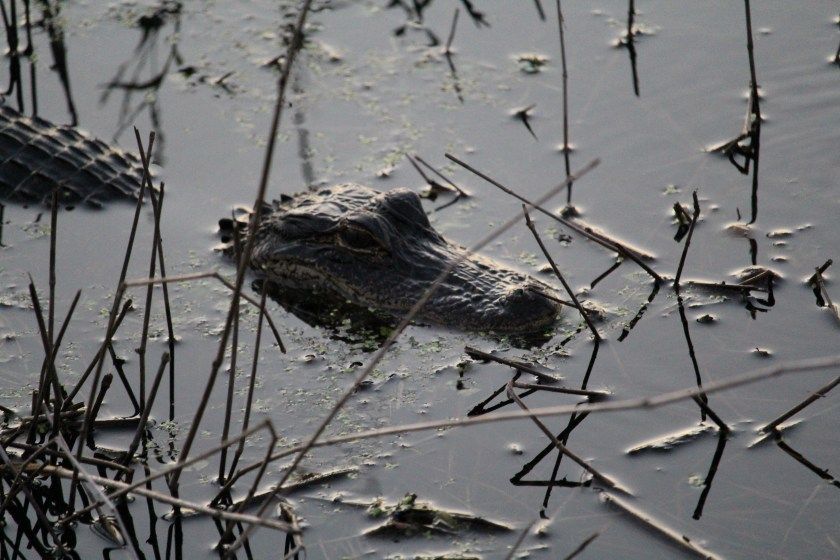
Gators are plentiful in the park.
Last weekend, Bob and I set up camp at Myakka River State Park. Just outside of Sarasota, this is one of the largest and oldest state parks in Florida. The Myakka River is Florida’s first state-designated wild and scenic river, flowing through 58 square acres of unspoiled wetlands, prairies, hammocks, pinelands that make up the state park. In addition to the winding river, the park offers miles of hiking and biking trails through an unspoiled wilderness reminiscent of what the early explorers must have experienced when they first landed in Florida.
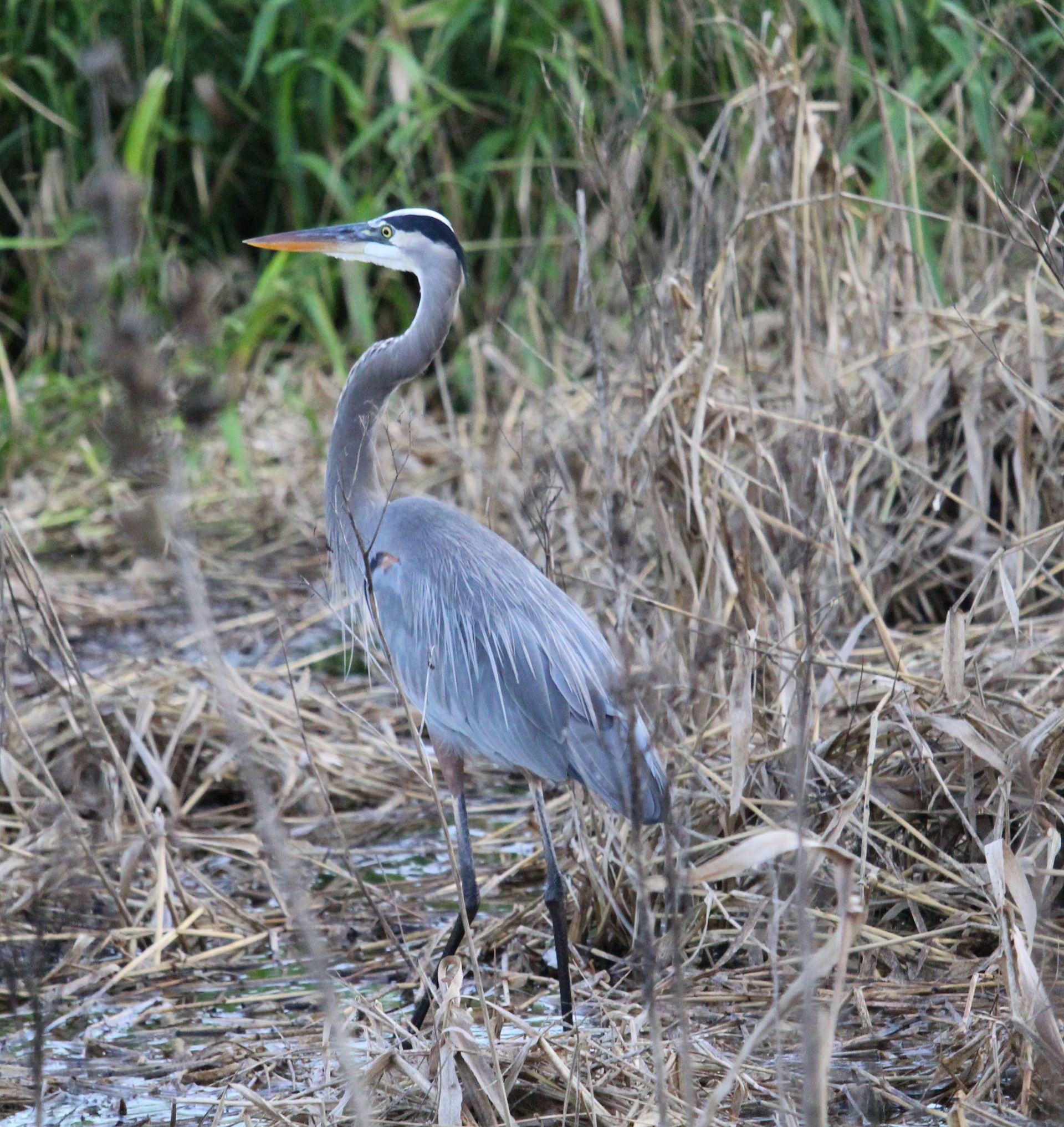
Myakka River State Park is a birding paradise.
Myakka State Park has a very interesting history as well. In 1934, the state foreclosed on more than 6,000 acres in the Lower Lake Region. A.B. Edwards, one of Sarasota’s first mayors, wanted to set aside a natural area for preservation. Edwards, along with a few supporters, convinced the state to sell them more than 17,000 acres of land at 3.5 cents per acre. Shortly afterwards, another 19,000 acres was donated.
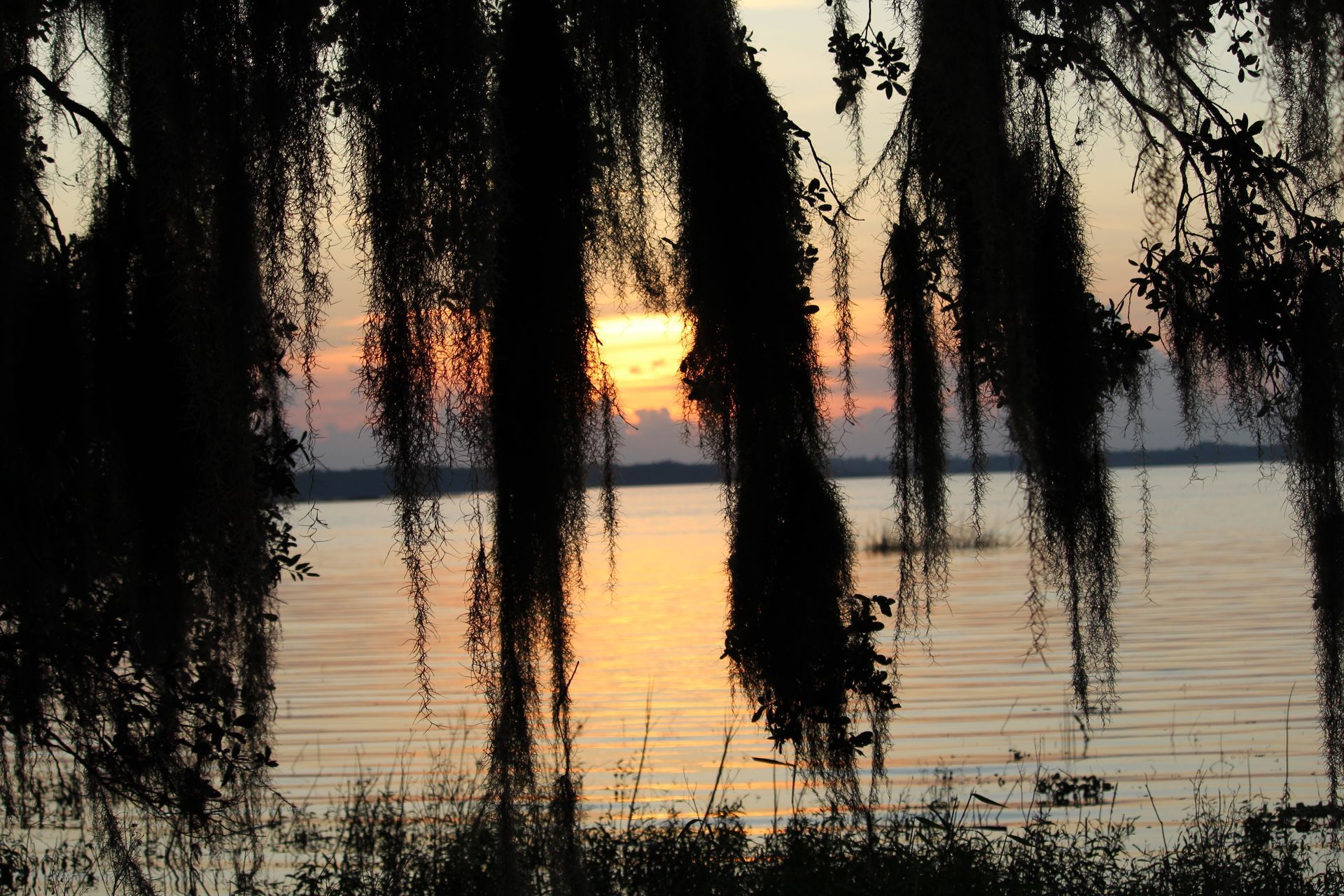
Sunsets over the lake are quite nice.
With more than 26,000 acres of usable land to work with, the Civilian Conservation Corps was brought in to develop the land. The CCC was a federal agency established in the 1930s to provide work for men during the Great Depression.
The CCC began building roads, bridges, and cabins in the park. Ditches were drained and trees and underbrush were cleared. The workers lived in temporary huts while the permanent structures were being built. Everything was built with native materials to blend in with the natural surroundings.
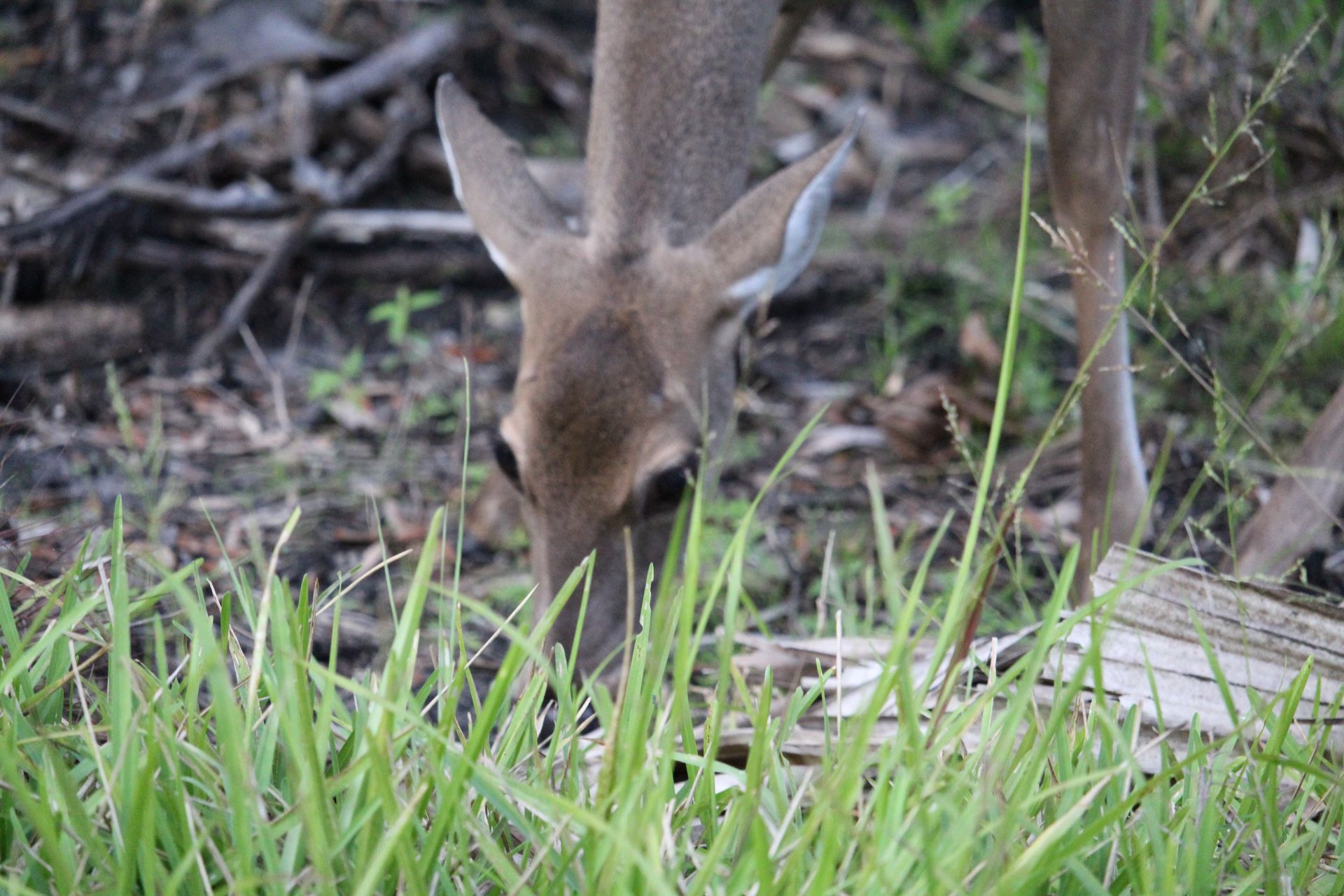
We saw this deer while biking in the park.
The buildings were constructed out of palmetto logs; the shingles for the roof were cut from cypress trees, and the fireplaces were built out of stone from Manatee County. More than 9,900 tress were planted in one day by a crew of 51 men.
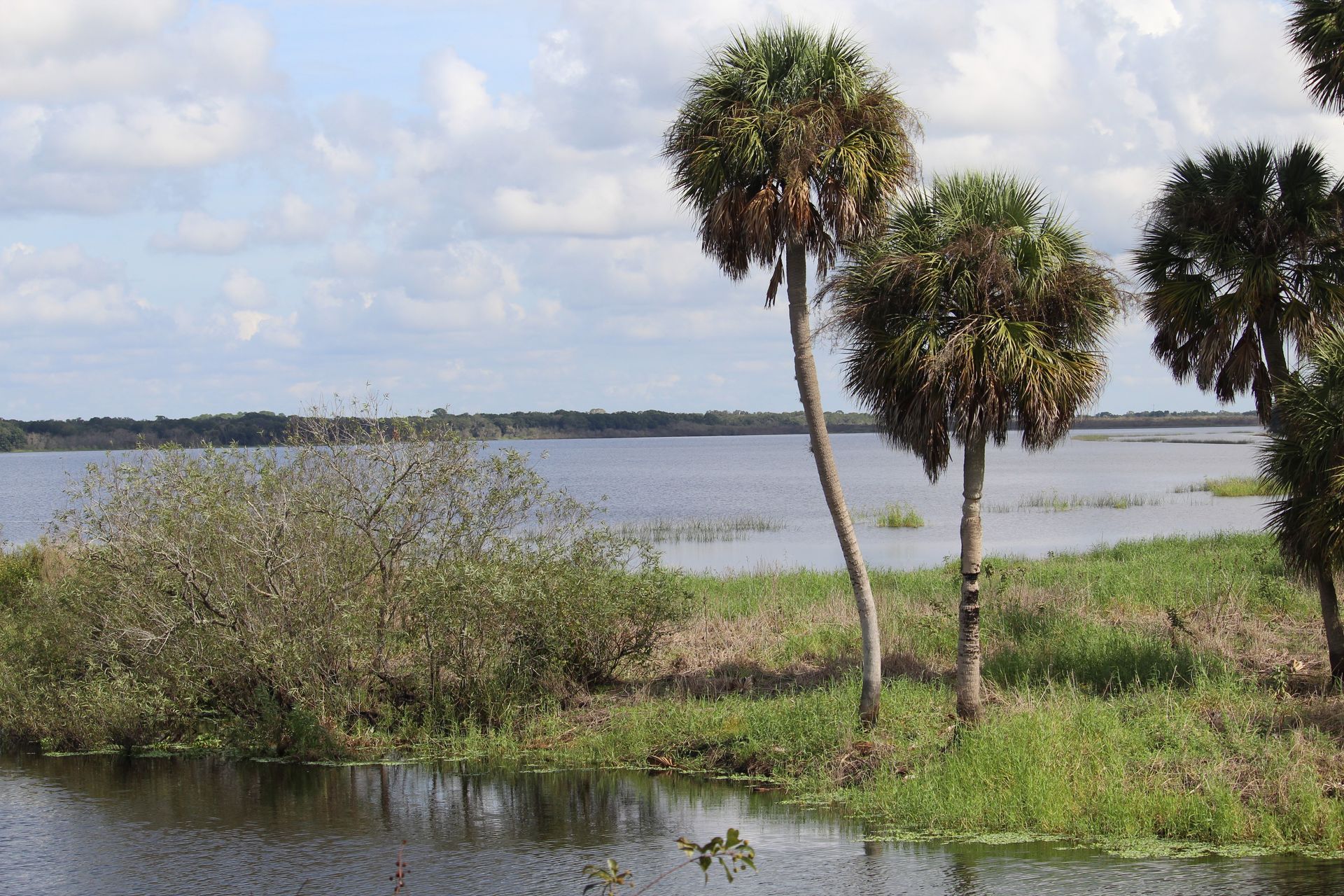
The river offers opportunities to fish, canoe, or kayak through the park.
The men who worked on the CCC crews had to meet certain criteria to be hired. They needed to be between 18 and 25 and physically fit. From 1934 to 1941 between 140 and 210 men worked on these crews. The men received regular meals, medical exams, and a 40 hour work day.
On February 18, 1941 Myakka River State Park was officially dedicated. The park opened to the public June 1, 1942. Thanks to the CCC crews, Myakka River State Park continues to be a popular attraction for local and out-of-state visitors.

The campsites are surrounded by native vegetation.
We have visited Myakka River State Park at least once a year for the past forty years, and each visit brings new adventures. This trip, we observed gators, deer, birds, and even a wild hog as we drove through the park at sunset. The park has five of the original cabins available for rent, but you need to plan at least a year in advance to get a reservation. In addition to the cabins, the park offers three campgrounds with 90 sites. Each of the sites has a 50 amp electrical service, water, a fire ring, and a picnic table. The sites in the Palmetto Ridge area also have sewer hook ups.
